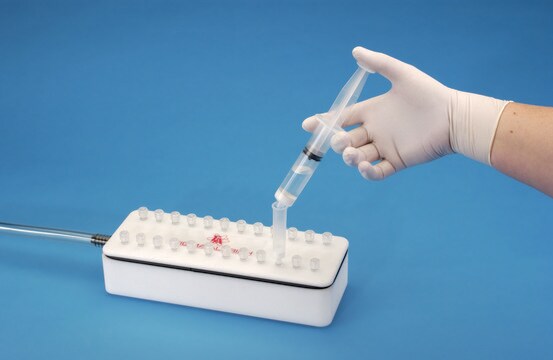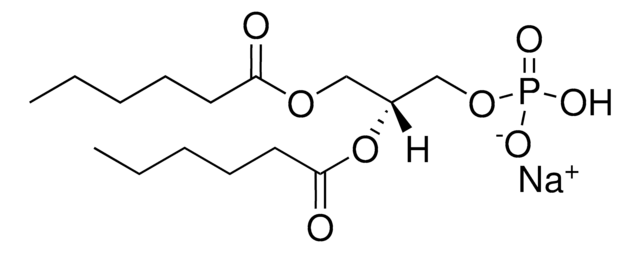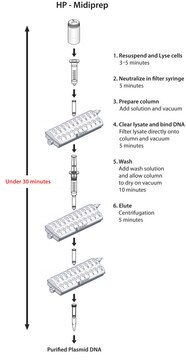SAE0215
Inorganic Pyrophosphatase from Escherichia coli
≥100 units/mL, buffered aqueous solution
About This Item
Recommended Products
biological source
Escherichia coli
Quality Level
recombinant
expressed in E. coli
grade
Molecular Biology
for molecular biology
description
Recombinant, expressed in E.coli
Assay
≥95% (size exclusion chromatography)
form
buffered aqueous solution
specific activity
≥100 units/mL
shelf life
2 yr at -20 °C ((retest))
mol wt
19.7 kDa
storage condition
OK to freeze
concentration
≥100 units/mL
color
colorless
optimum pH
9.0 (25 °C)
pH
8.0 (25 °C)
solubility
soluble
water: miscible
suitability
suitable for molecular biology
UniProt accession no.
application(s)
research use
foreign activity
DNAse, none detected
RNAse, none detected
Nickase, none detected
shipped in
dry ice
storage temp.
-10 to -25°C
General description
Application
Biochem/physiol Actions
Features and Benefits
Unit Definition
Physical form
Storage Class Code
10 - Combustible liquids
WGK
WGK 1
Choose from one of the most recent versions:
Certificates of Analysis (COA)
It looks like we've run into a problem, but you can still download Certificates of Analysis from our Documents section.
If you need assistance, please contact Customer Support.
Already Own This Product?
Find documentation for the products that you have recently purchased in the Document Library.
Our team of scientists has experience in all areas of research including Life Science, Material Science, Chemical Synthesis, Chromatography, Analytical and many others.
Contact Technical Service







